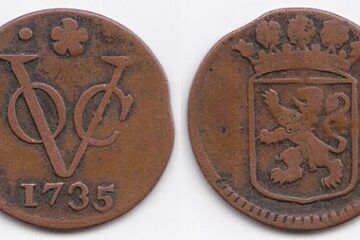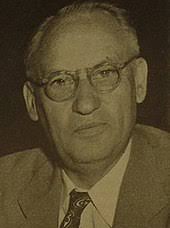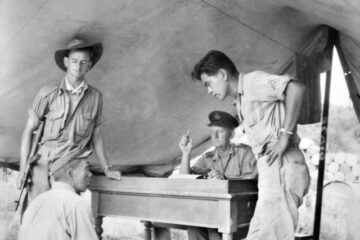Introduction
The Aceh War (1873–1904), fought in the northern Sumatran region of Atjeh (Aceh), was the longest and most costly conflict in Dutch colonial history in the East Indies. The Dutch launched repeated campaigns to subdue the fiercely independent Sultanate of Aceh, which controlled a strategic position at the entrance to the Malacca Strait. The war was marked by guerrilla resistance, heavy Dutch casualties, and escalating military expenditures. For the Netherlands, victory in Aceh became a matter of prestige and a symbol of consolidating colonial control across the archipelago. For Acehnese fighters, it was a struggle to defend their sovereignty, religion, and way of life against foreign domination.
By the turn of the twentieth century, the war was in its final but still brutal phase. The Royal Netherlands Indies Army (KNIL) faced constant shortages of reliable cavalry and draught animals to maintain mobility in difficult terrain. Local horses were often too small or lacked stamina for sustained campaigning. Australia, with its large and healthy horse population and proximity to Southeast Asia, emerged as a practical supplier. What began as an emergency measure for the Aceh front in 1901–1902 soon developed into a sustained import programme that reshaped the KNIL’s mounted forces. Between 1901 and 1913, more than 3,200 Australian horses were purchased, supporting not only the Aceh campaign but also the broader consolidation of Dutch colonial power in the East Indies. Shipments of Australian horses continued throughout the 1920s and 1930s, right up to the eve of the Second World War, making them a backbone of KNIL mobility for nearly four decades.
Early interest and trials (1901–1902)
In October 1901, the Governor of Aceh was authorised to purchase between 15 and 40 Australian ponies, at a maximum price of ƒ500 each, for use in Koeta-Radja (Banda Aceh). These initial horses, purchased through the Straits Settlements, were sourced from Victoria, Australia. Although not entirely suitable as light cavalry mounts, they performed adequately as draught and pack animals.
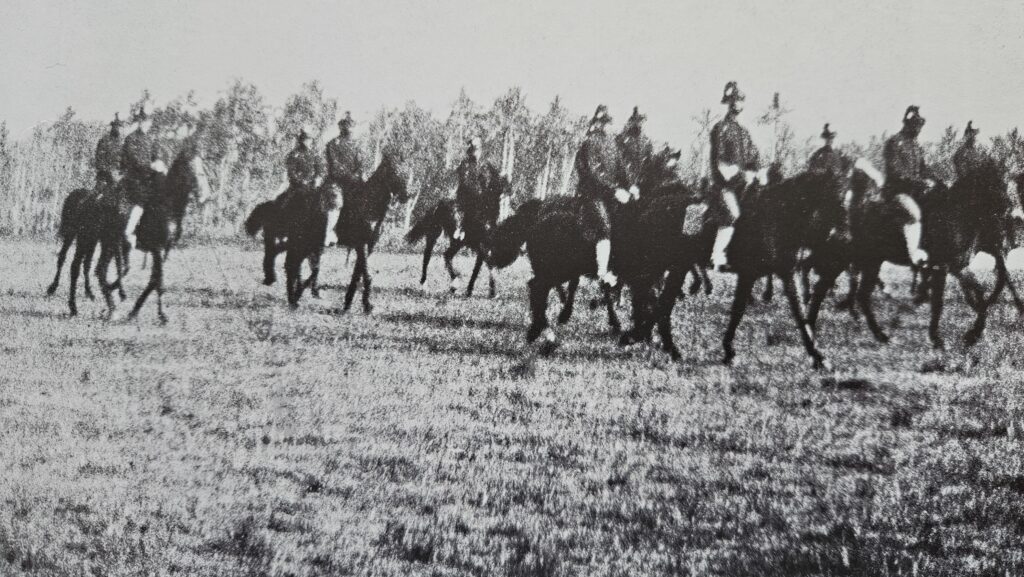
By April 1902, the Netherlands Indies Government had taken the experiment further. A first shipment of 76 Australian ponies arrived in Batavia. Their average height was about 1.42 metres, and after training during 1903, they were deemed serviceable for cavalry use. This represented the formal beginning of large-scale imports for military purposes.
Colonel Posno’s procurement mission
The Australian press reported in February and March 1902 on the presence of a Dutch officer, variously named Mr. or Capt. A. Posno, tasked by the Netherlands Indies Government to secure horses in Australia. Prime Minister Edmund Barton was asked to assist in facilitating his enquiries, and Posno was seen in Adelaide inspecting potential remounts. Newspapers described the mission explicitly as being “for Batavia” and for cavalry purposes.
This confirms that the horse imports were not accidental commercial trades but part of a deliberate KNIL procurement programme, directly linked to wartime needs in Aceh.
Expansion of the programme (1903–1905)
Following the success of the 1902 shipment, the Netherlands Indies Army scaled up its purchases:
- 1903: 46 ponies purchased for the remount depot; 145 purchased directly for cavalry use (20 allotted to officers at depot price).
- 1904: An order placed with a Sydney dealer for 175 mature ponies and 175 four-year-olds for the Padalarang depot. In practice, 145 mature and 191 four-year-olds were delivered, of which 172 went to cavalry and 19 to artillery.
- 1905: Orders placed for 175 ponies for direct remounting and 220 for the Semarang depot. Only 75 of the direct remounts were accepted that year.
Regulations and veterinary controls (1904)
The increased traffic prompted the Netherlands Indies Government to regulate the trade. On 1 October 1904, it issued formal rules for the importation of horses from Australia:
- Horses had to be examined before shipment by a veterinary officer in Australia.
- They had to be examined again before landing in the Indies by a European veterinary government officer.
- Health certificates had to be legalised by the Netherlands Consul.
- Horses had to be healthy, free of ticks, and could not originate from districts where Texas fever (tick pest) occurred.
These measures reflected both public health concerns and the importance of the trade.
Operational role in Aceh
The Aceh War was in its final phase between 1901 and 1904. Dutch forces relied increasingly on mobility to suppress guerrilla resistance in difficult terrain. The introduction of Australian ponies directly supported cavalry units and artillery batteries in Sumatra.
By 1906, Dutch cavalry in the Indies was almost entirely mounted on Australian ponies. By 1908–1909, field artillery batteries were also equipped with them. Their endurance and adaptability made them essential to KNIL operations.
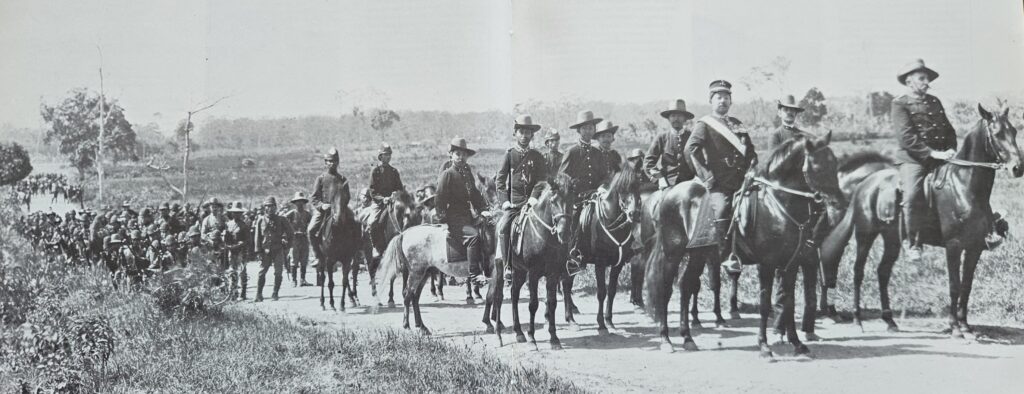
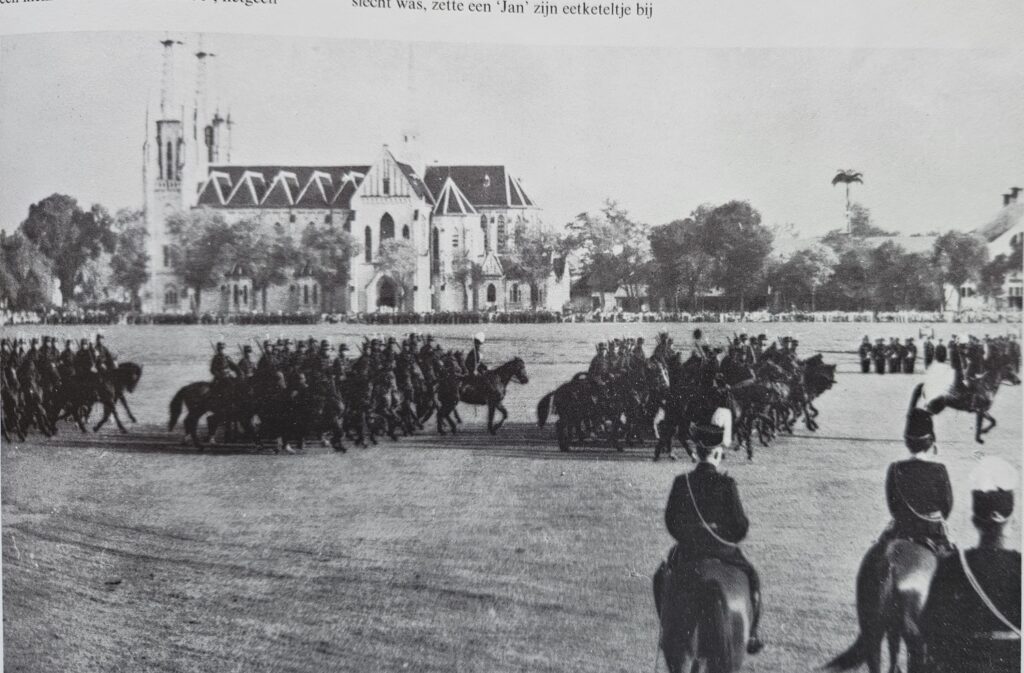
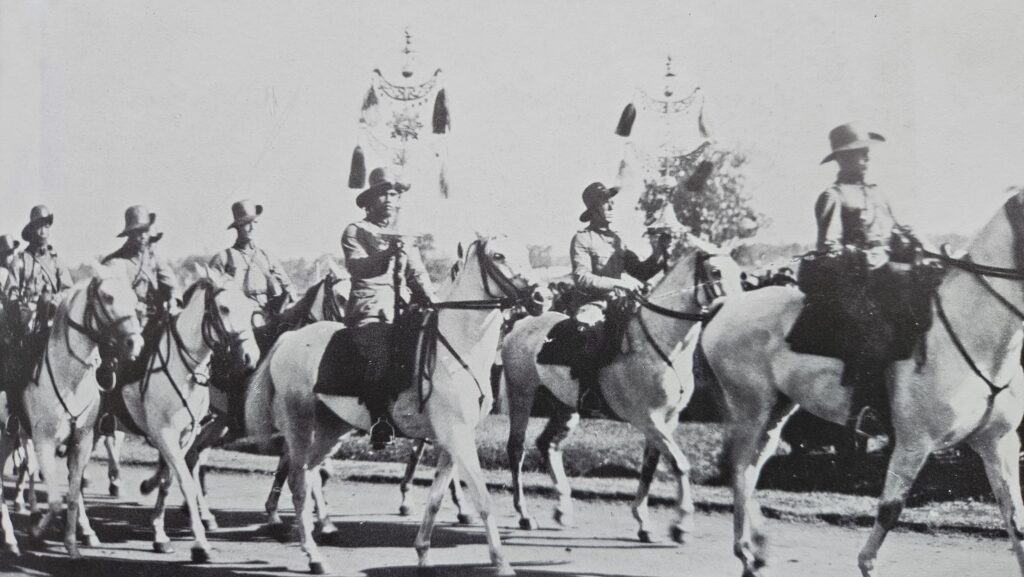
Beyond Aceh: continued imports in the 1920s and 1930s
The reliance on Australian horses did not end with the conclusion of the Aceh War. The KNIL continued to import remounts in large numbers during the 1920s and 1930s, ensuring that cavalry squadrons and artillery batteries could operate effectively across the Dutch East Indies.
- 1913: 420 horses shipped from Newcastle aboard the SS Gracchus to the order of the Netherlands Indies Government, illustrating the scale of the trade after Aceh.
- 1920s: Australian press reports note steady orders of remounts, often described as small, hardy ponies around 14–14.2 hands high, well suited to tropical campaigning.
- 1930s: Despite the growth of mechanisation, horses remained vital in areas with poor roads and mountainous or jungle terrain. Exports from New South Wales and Queensland provided one of the few steady markets for Australian breeders during the Depression years.
- Late 1930s: Cavalry began to be reduced and armoured cars introduced, but horses were still widely used for artillery transport and pack duties right up to the eve of the Second World War.
Cumulative purchases
According to Thomassen (1916), the total number of Australian ponies purchased between 1901 and 1913 was 3,220. Subsequent shipments in the 1920s and 1930s brought that figure significantly higher, though exact totals remain to be researched in colonial reports and shipping records.
Shipment examples
- 1902 (Batavia): Arrival of 76 ponies, first large consignment, directly linked to Aceh operations.
- 1913 (Newcastle): 420 horses shipped on the SS Gracchus “to the order of the Netherlands-Indian Government.”
- 1930s (Sydney/Brisbane ports): Regular press reports of Dutch contracts for remount ponies, providing steady trade during the Depression.
Conclusion
The importation of Australian horses began as a wartime expedient during the Aceh conflict but soon became a long-term cornerstone of KNIL logistics. For nearly forty years, from 1901 until the eve of WWII, Australian ponies sustained Dutch cavalry and artillery operations across the East Indies. Their role illustrates the intercolonial dimensions of Dutch military supply and the continued importance of horses in tropical campaigning long after Europe had begun to mechanise.
Sources
The source of the four pictures: Het Koninklijk Nederlands-Indisch Leger 1830-1950
- C. Thomassen, “Het remonteeren van het leger met uitheemsche paarden (tot en met 1914),” Militair-Spectator (1916).
Mount Alexander Mail (Vic.), 10 Feb 1902, Source” Trove
-

- Adelaide Observer, 8 Mar 1902, “Australian Remounts.”

- Western Mail (Perth), 1 Oct 1904, “Horses for Netherlands India.” Source: Trove

- Sydney Morning Herald, 9 Jan 1913, Source Trove

